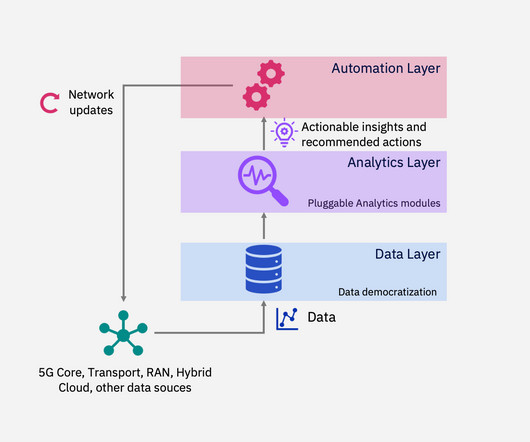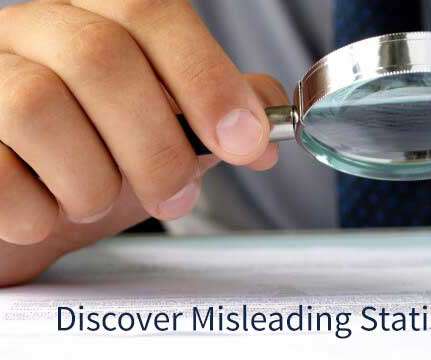Small Businesses Use Big Data to Offset Risk During Economic Uncertainty
Smart Data Collective
MARCH 2, 2023
Big data technology used to be a luxury for small business owners. In 2023, big data Is no longer a luxury. One survey from March 2020 showed that 67% of small businesses spend at least $10,000 every year on data analytics technology. Patil and other experts argue that big data can help them with this.


















Let's personalize your content